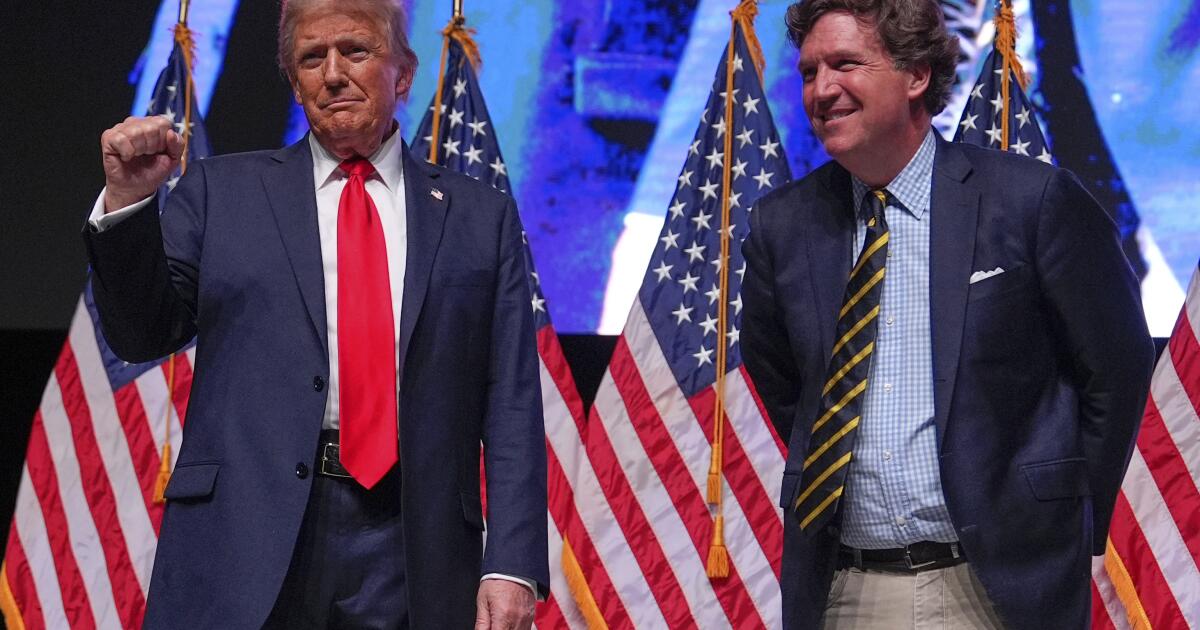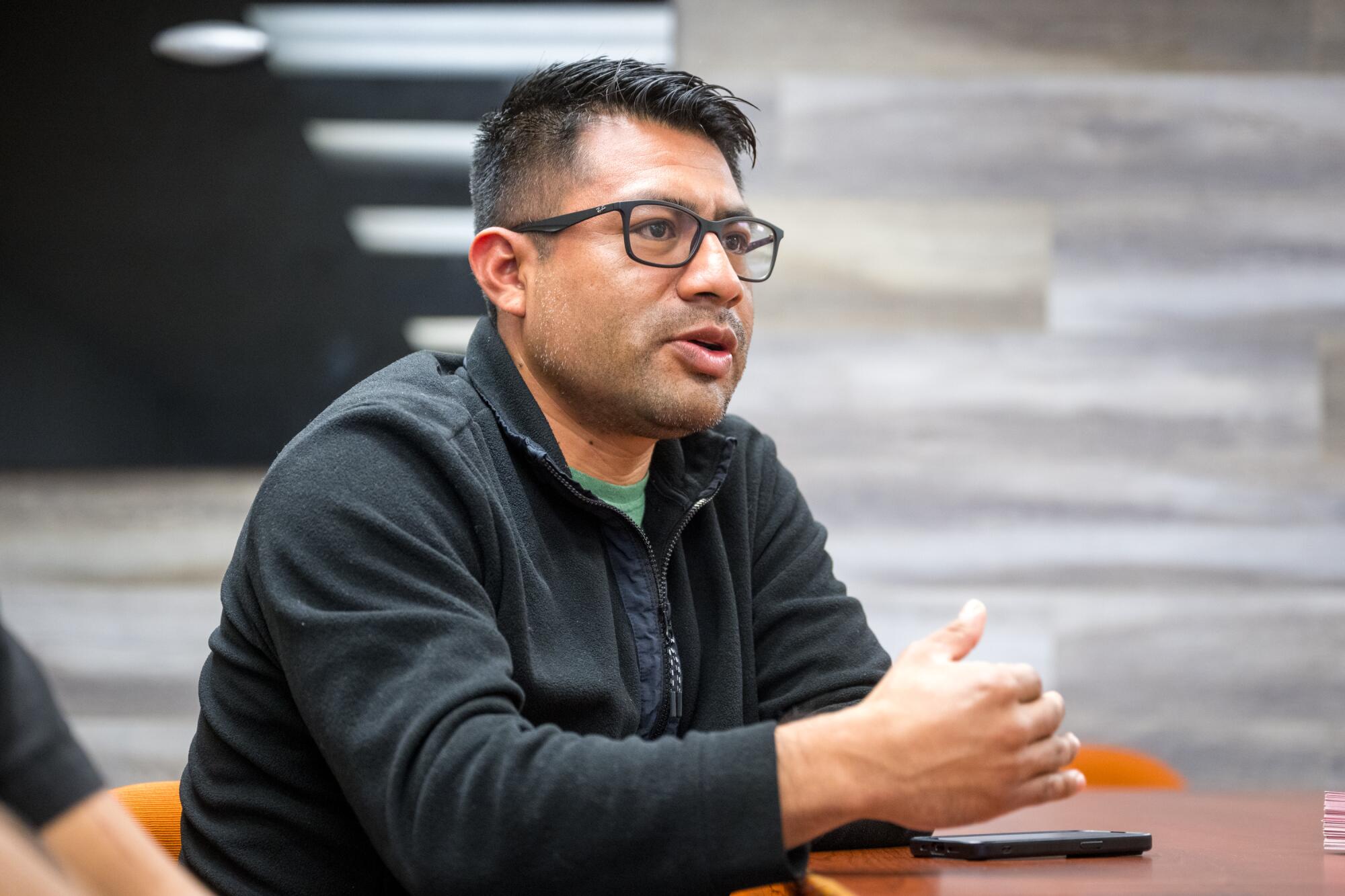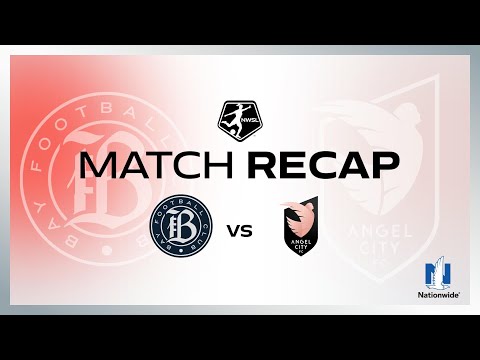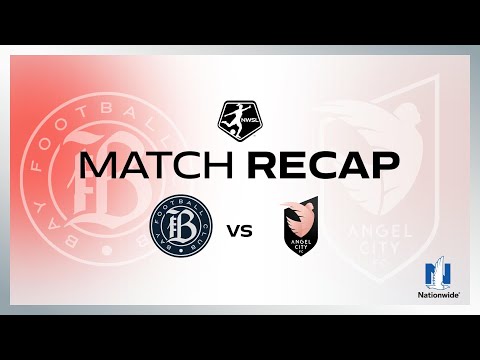With trade deadline looming, Dodgers’ skid raises questions
MILWAUKEE — The Dodgers have been here before.
This time last year, in a season that bore so many similarities to their current one, a first-place and highly touted Dodgers team temporarily lost its way.
Amid a deluge of pitching injuries (sound familiar?) and the absence of one of its hottest early-season hitters (Mookie Betts, who suffered a broken hand close to the same time Max Muncy went down with a knee injury this year), the club stumbled backward into the All-Star break, going 2-8 in its final 10 games of the first half and 1-5 in a Philadelphia/Detroit road trip that exposed undeniable flaws in its star-studded roster.
Twelve months later, another pre-All-Star-break tailspin has struck the now defending champions.
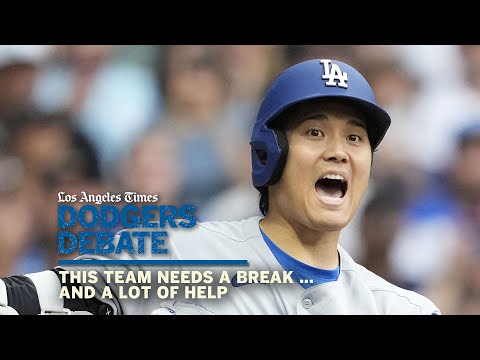
The Dodgers have lost six games in a row, swept in back-to-back series by the Houston Astros and the Milwaukee Brewers. Their romp through June and the first days of July (when they won 20 times in a 30-game stretch) has been stalled by sudden regression lately, with lackluster offense and a worn-down pitching staff contributing to the organization’s longest losing streak since April 2019.
Now, as he did then, manager Dave Roberts has downplayed any alarm.
“I think it is under the ‘it’s just baseball’ type thing,” Roberts said Wednesday after the Dodgers’ most deflating loss of their skid yet. “You never like to lose six in a row. It seems like we’re pitching OK. The defense at times has been really good. It’s just that right now we’re scuffling offensively, to have that big inning or to build an inning and get that big hit.”
But, also like back then, frustration is mounting as the Dodgers approach the trade deadline.
The Dodgers’ Hyeseong Kim looks up while swinging a bat during a game against the Milwaukee Brewers on Monday in Milwaukee.
(Aaron Gash / Associated Press)
“We can’t really feel sorry about ourselves, because there’s a lot of season left, and we know what we’re looking for,” veteran infielder Miguel Rojas said. “We’re looking to win another championship, and playing this kind of baseball is not gonna get us there.”
By “this kind of baseball,” Rojas means this kind of offense.
During the last week, a Dodgers lineup that leads the majors in scoring on the season has suddenly scored the second-fewest runs (10 total, and more than two in just one of their last six contests) of the league’s 30 teams. In that time, they are batting a paltry .190 with only four home runs, a whopping 61 strikeouts and an on-base percentage of .269.
The root causes of that malaise are easy to identify: The Dodgers have been without several key regulars (Muncy, Teoscar Hernández and, until Wednesday, Tommy Edman) in their starting lineup. Their three healthy superstars (Shohei Ohtani, Mookie Betts and Freddie Freeman) are hitting a combined .194. Their depth options have offered little reprieve (Michael Conforto, Hyeseong Kim and James Outman have gone five for 38 while receiving increased playing time).
And, they’ve run into two talented pitching staffs, struggling against quality opposing starters such as Framber Valdez, Freddy Peralta and rookie sensation Jacob Misiorowski, and two hard-throwing bullpens from the Astros and Brewers.
Granted, even $400-million payrolls like the Dodgers go through such dips in a season. And while the losses have piled up, the team has maintained the best record in the National League (56-38) and a five-game edge in their division.
“We’ve just got to put some at-bats together, keep playing good defense and it’ll turn,” Roberts promised. “When you’re mired in it, it’s frustrating. But we still have some pretty good players.”
The concern, however, is how quickly the offense has turned in the absence of a few key players.
Freeman and Betts were both slumping in June, but the contributions of Muncy and All-Star catcher Will Smith (the only regular who has also stayed hot during this current losing spell) helped compensate. Ohtani’s numbers at the plate have declined since he returned to pitching, but balance at the bottom of the lineup from younger bats like Kim and Andy Pages made such struggles feel moot.
This week, conversely, has highlighted what can happen when the Dodgers face good pitching at anything less than full strength –– the kind of confluence of events that could quickly derail any postseason campaign if it were to happen again in October.
“You can’t replace All-Stars. You can’t replace guys that have won MVPs in the postseason. You can’t replace those type of things,” Betts said this week. “The next man has to step up and do what he can do. But I mean, you can’t replace those guys. You can only have someone come step up and do their best.”
The good news is, Edman has already returned from a broken pinky toe. Hernández is expected back in the lineup Friday from a foot contusion. And, although Muncy’s knee injury is longer-term, he is expected to return this season.
“It’s one of those things,” Roberts said, “where we’ve got to find a way to weather it.”
Still, the questions this week has raised will loom even if the Dodgers start to heat up again (as they did last year, when they started the second half with a five-game winning streak and 26-13 run overall).
Already, the bullpen was an obvious area of need heading into the trade deadline (especially after Michael Kopech recently underwent a meniscus surgery on his right knee that forced him onto the 60-day IL). The rotation could be, too, although the Dodgers remain confident about having Tyler Glasnow (who returned to action with five solid innings Wednesday) and Blake Snell (who is beginning a minor-league rehab assignment this week) healthy for the second half.
Now, the club will have to decide whether it needs another impact bat as well, potentially adding to a shopping list that has grown much longer than the team had expected after another big offseason of lavish spending.
After all, Freeman and Betts have yet to show signs of life amid career-worst slumps. Ohtani’s workload won’t get any easier as he continues to ramp up on the mound. And there’s no guarantee how Muncy will look once he returns, with Roberts noting his bone bruise will probably linger into next year.
It all leaves the Dodgers in a familiar position: Hopeful its talented, but hardly infallible, roster possesses enough firepower to win another World Series, but knowing that — like last year, when the team acquired Edman, Kopech and starter Jack Flaherty at the deadline — more reinforcements might nonetheless be needed.
“We have to do better,” Rojas said, voicing a recognition that has reverberated throughout the clubhouse of late, as the front office evaluates its options ahead of the July 31 trade deadline. “We gotta find ways to be a complete team that we know we can be.”


